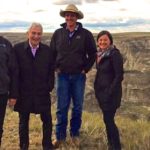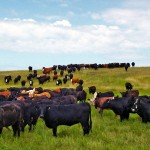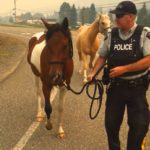A leader in southern Alberta’s cattle ranching community died in a vehicle crash while helping fight wildfires along the Alberta/Saskatchewan border on Tuesday night. Cypress County officials have identified the firefighter as James Hargrave, 34, a volunteer with the fire station at Walsh, Alta., about 50 km east of Medicine Hat. Alberta’s Agriculture Minister Oneil […] Read more














